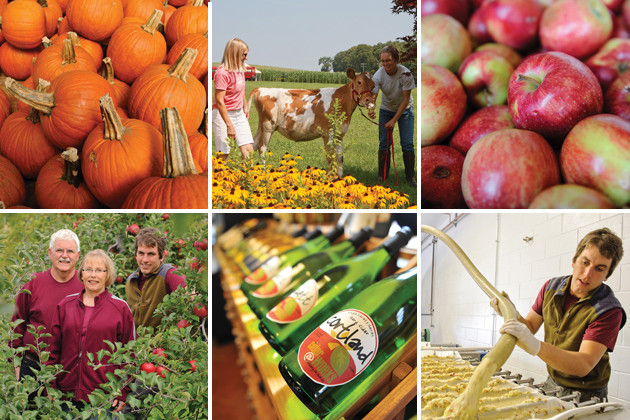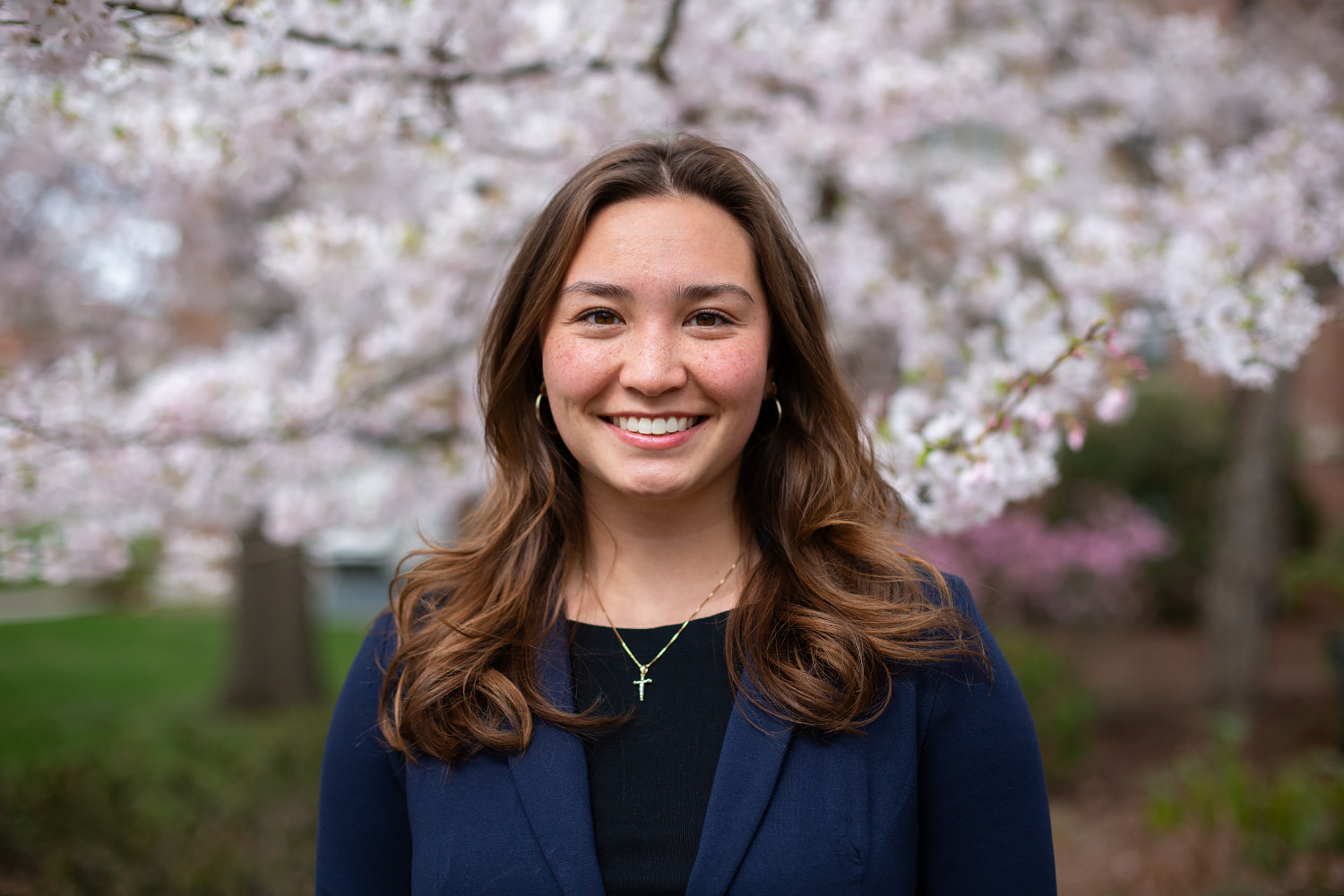
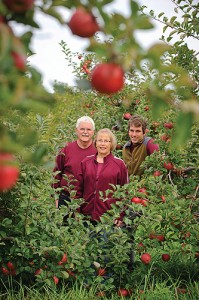
Not every industry is affected by factors as varied as seasonal rainfall, the price of feed crops, transportation logistics, or hordes of invading insects. Likewise, few industries in the United States can claim a long history of contributing to the nation by helping to establish a system of public higher education – through the 1862 Morrill Act, which established land grant universities such as UConn – that has led to advances in science, technology, social sciences, and the arts.
According to “Economic Impacts of Connecticut’s Agricultural Industry,” a 2010 UConn study produced by researchers in the Department of Agricultural and Resource Economics in the College of Agriculture and Natural Resources, the Nutmeg State’s agricultural industry remains vital. It encompasses activities as diverse as aquaculture, dairy farming, ornamental horticulture, forestry, poultry farming, wineries and vineyards, and orchards. The study reports that agriculture in Connecticut is a $3.5 billion dollar industry that generates more than $500 million in cash receipts annually and employs nearly 20,000 workers on farms throughout the state.
“Agriculture in Connecticut is a very modern, value-added industry,” says Professor Rigoberto Lopez, head of the Department of Agricultural and Resource Economics, who led the study. “It has to do with adding value to satisfy consumer needs in the 21st century by meeting market niches. There is a renaissance in local agriculture. People want to know where their food is coming from, and are willing to pay more for local food. It’s not just a business. Agriculture is a mechanism for maintaining cultural heritage, and provides cultural benefits of maintaining open space.”
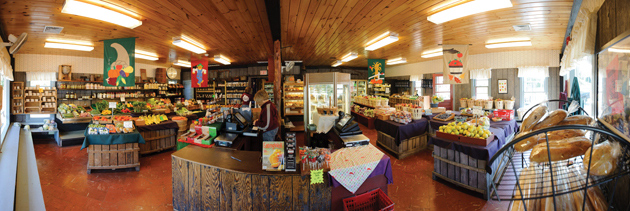
Alumni Reinvigorate Family Farms
Numerous alumni from the College of Agriculture and Natural Resources, including the Ratcliffe Hicks School of Agriculture, own farms and related agricultural businesses throughout the state. Their contributions to the state’s economy vary, particularly as they have expanded their core business to meet new consumer needs.
In the case of Rick ’68 (CANR), ’72 (ED) and Russ ’04 (CANR) Holmberg, the family business today known as Holmberg Orchards goes back four generations to Russ’s great-grandparents. Their farm in Gales Ferry has been in the family since 1896, first producing vegetable crops and gradually transitioning into orchards of apples, peaches, and pears. With wholesale clients and a busy pick-your-own business that starts with blueberries in July and ends with pumpkins and apples in October, Holmberg Orchards has largely escaped the effects of a sluggish economy. Its year-round retail outlet offers locally produced gourmet foods and, since 2007, a line of award-winning fruit wines, recognized in both the Eastern International Wine and Finger Lakes International Wine competitions. Wine grapes planted in 2010 have been harvested this year and are being turned into the farm’s first generation of Pinot Blanc.
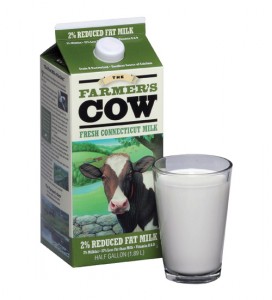
Kristin (O’Leary) ’79 (CANR) and Peter ’79 (CANR) Orr’s farm in Thompson has been in agricultural use for more than 300 years. After buying the 320-acre farm from Kristin’s parents in 1989, the Orrs took a fledgling wholesale nursery business and transformed it into Fort Hill Farms, a multifaceted operation named by Yankee Magazine as one of the top 10 places to visit in New England. The farm, a member of the Farmer’s Cow dairy consortium, has a dairy herd numbering 400 cows. Their own creamery makes Farmer’s Cow ice cream, which is sold on the premises, while the farm offers a variety of seasonal activities, including a lavender fest in June; an Ice Cream, Blueberry, and Bluegrass Bash in July; a corn maze that opens in August; and hot-air balloon rides in October.
The Holmbergs and the Orrs have both repositioned their farming operations to take advantage of changing consumer habits.
“I’m a fruit grower,” says Russ Holmberg. “I’ve been interested in wine grapes for a long while, and now we’ve harvested our first crop. We’re part of the Connecticut Wine Trail, and we offer an experience for the whole family … from picking apples and peaches with the kids to wine tastings for the adults.”
For the Orrs, farming and marketing go hand in hand. “We want the farm to be a destination for people interested in knowing where their food comes from,” Peter Orr says.
Business Off the Farm
Other UConn alums are running businesses beyond the farm. For Brandon Hyde ’01 (CANR), following in the footsteps of his father, Harlan ’99 (RHSA), was a foregone conclusion. As an elementary school student, when asked to draw a picture of what he wanted to be when he grew up, Brandon says he drew a picture of his father, the owner of a landscaping business.
“I drew a picture of my dad with a lawnmower and a little sun,” he says. “Even then I knew I wanted to be just like him.”
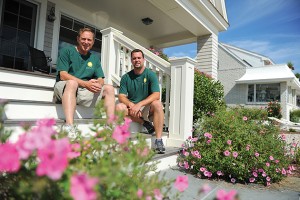
Harlan started Hyde Park Landscaping in Norwich in 1980. Brandon later joined the business, which has continued to attract both commercial and residential clients throughout the southeastern part of the state despite recent economic downturns. Father and son agree that there are several reasons for their business success, including the experience of their longtime employees.
“When we make presentations to potential clients, we talk about the fact that we have people who have been with us for 15 or 20 years, and we trust them to represent our company well,” says Harlan, who first completed a certificate program in floriculture at UConn in 1967 before returning to earn an associate’s degree in 1999. “We have a core group of workers, and there’s a mutual respect between us. It pays off in customer satisfaction.”
Ira Feinberg also knows something about long-term employees, since many of his key associates at The Plant Group in Franklin are UConn alumni. Twenty-five years ago, Feinberg purchased land, enrolled in horticulture classes at UConn, hired fellow student Phil Allegretti ’88 (CANR) as his nursery manager, and began a wholesale nursery that now produces more than 2,000 varieties of container-grown perennials for sale to retail garden centers, wholesalers, landscapers, landscape architects, parks, and golf courses throughout the Northeast. Other alumni at The Plant Group include: Mark Alpert ’84 (CANR), sales manager; Marc Andrew ’95 (CANR), assistant nursery manager; and Judy (Vosburgh) Mattson ’78 (CANR), sales representative.
“Everyone here has the best interests of the nursery in mind – more than you could reasonably expect from most people,” Feinberg says. “Everyone’s been here over 15 years, and that plays a big part in our continued success.”
UConn’s alumni will continue to play an important role in the state’s agricultural economy, says Gregory Weidemann, dean of the College of Agriculture and Natural Resources, noting that an extensive network of alums are working in businesses that provide critical support to those who produce the nation’s food.
“We’re training the professionals of the future who are going to support the agriculture industry in some way,” Weidemann says. “Whether they go out and become a commodities trader, make agricultural loans as a bank officer, or go on to become a professor in a university’s college of agriculture, many of our students are going to be engaged in some way supporting that industry.”
Agriculture is a $3.5 billion industry in Connecticut, providing more than 20,000 jobs and significant social and ecological benefits, according to a 2010 University of Connecticut study – the first comprehensive study to assess agriculture’s contribution to the state’s economy.
Conducted and authored by professors and research assistants at UConn’s Department of Agricultural and Resource Economics in cooperation with the Connecticut Center for Economic Analysis, the study used direct agricultural sales generated in 2007 to calculate the industry’s $3.5 billion contribution to Connecticut’s total gross product of $212 billion that year – roughly the size of the economy of Ireland or Israel.

Some highlights of the study include:
- Each dollar in sales in the agricultural industry creates up to an additional dollar’s worth of economic activity statewide.
- The agricultural production sector generates between 13 and 19 jobs per million dollars in sales.
- The highest job creators per million dollars in sales are support activities for agriculture: the greenhouse, nursery, and floriculture industries; tobacco farming; animal production; and commercial fishing.
- The greenhouse and nursery industry is the state’s largest agricultural production sector, accounting for nearly half of the state’s agricultural product sales.
- The highest job generator is the greenhouse, nursery, floriculture, and sod production sector (nearly 7,000 jobs); followed by cheese manufacturing; animal slaughtering and processing; fruit and vegetable canning, pickling, and drying; tobacco farming; forestry; fruit farming; and fluid milk manufacturing.
